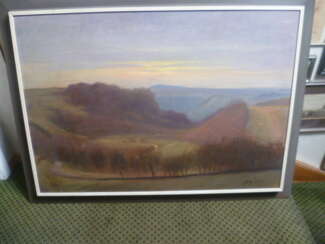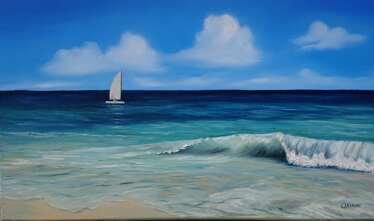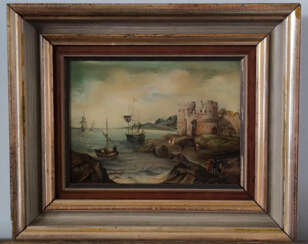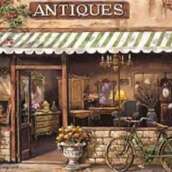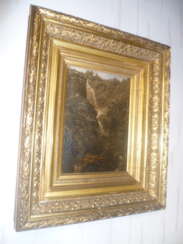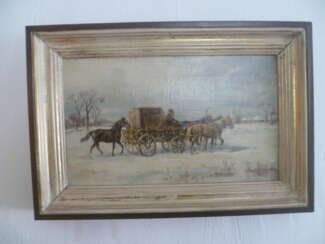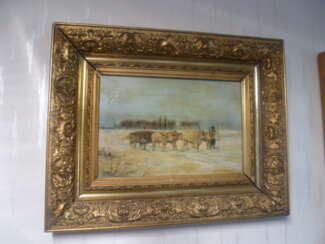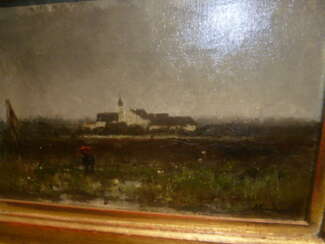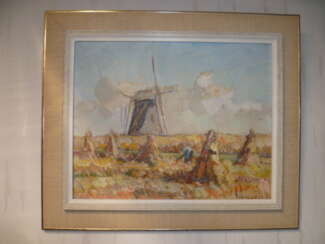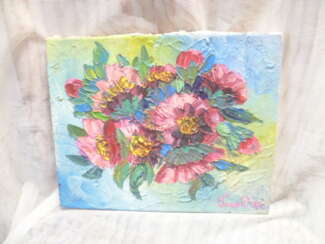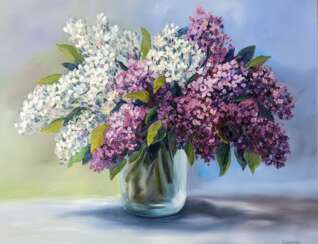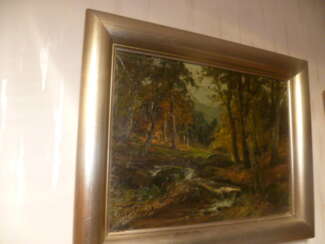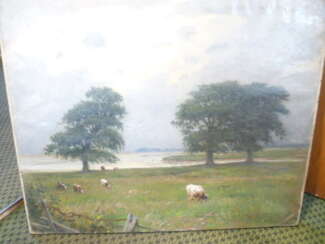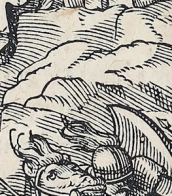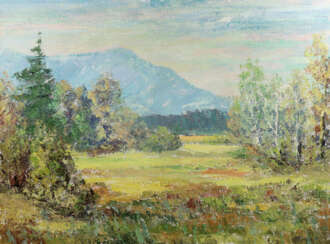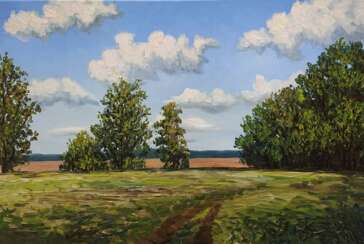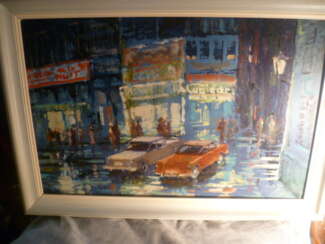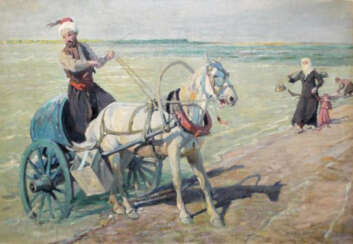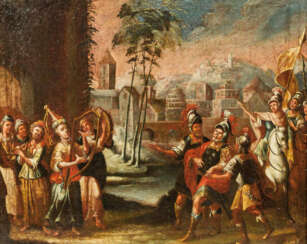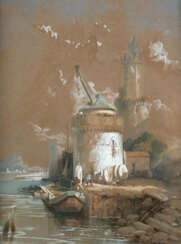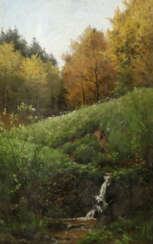840 Items by auctions and galleries:
ölgemälde
Meer
Olga Hanns (b. 1990)  Shop Hanns Olga
Shop Hanns Olga
Olga Hanns
15.08.1990
Germany
Ich wurde 1990 in der Ukraine geboren. Jetzt lebe ich in Deutschland in Dresden. Ich beschäftige mich seit etwa 10 Jahren mit Ölmalerei. Ich habe vor kurzem angefangen, meine Bilder zu verkaufen.
Artist shop
Hanns Olga
Germany
Number of products: 7
Schloss Emming bei Ersing
Carl Spitzweg (1808 - 1885) 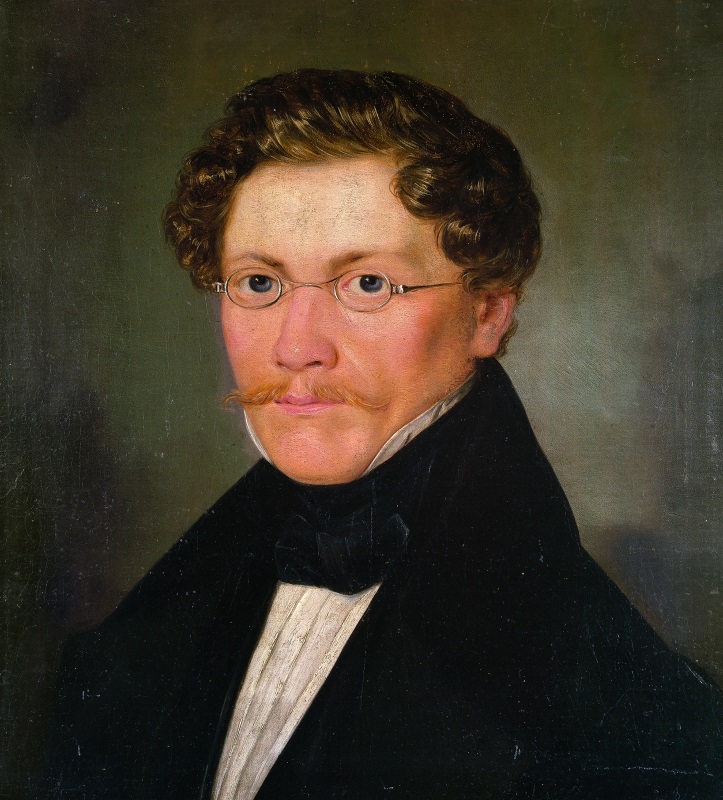 Anton Windmaier (1840 - 1896)
Anton Windmaier (1840 - 1896) 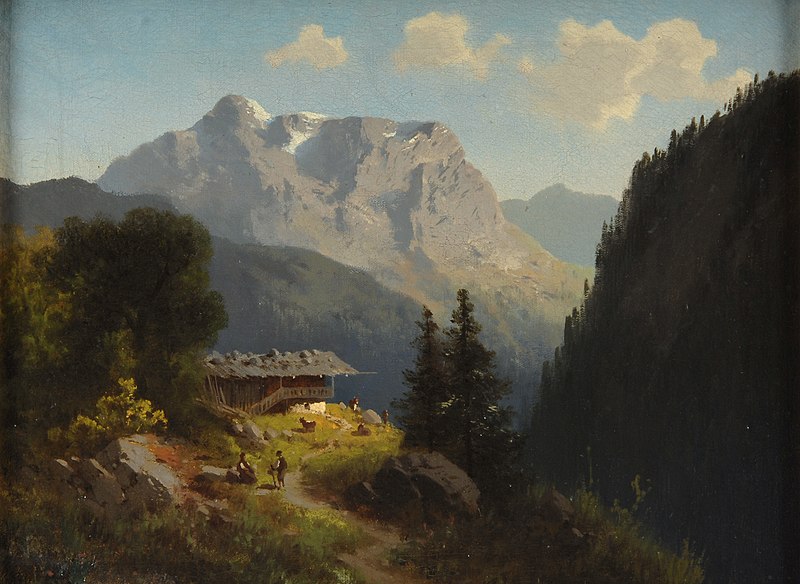 Shop Artkunst
Shop Artkunst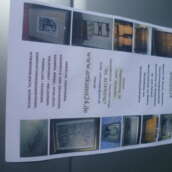

Carl Spitzweg
05.02.1808 - 23.09.1885
Germany
Carl Spitzweg was a German romanticist painter, especially of genre subjects. He is considered to be one of the most important artists of the Biedermeier era.

Anton Windmaier
04.04.1840 - 13.01.1896
Germany
Anton Windmaier is a German landscape painter known for his paintings of landscapes in inclement weather.

Shop
Artkunst
Germany
Number of products: 147
Becker Jackob 1810-1872
Carl Spitzweg (1808 - 1885)  Jakob Becker (1810 - 1872)
Jakob Becker (1810 - 1872) 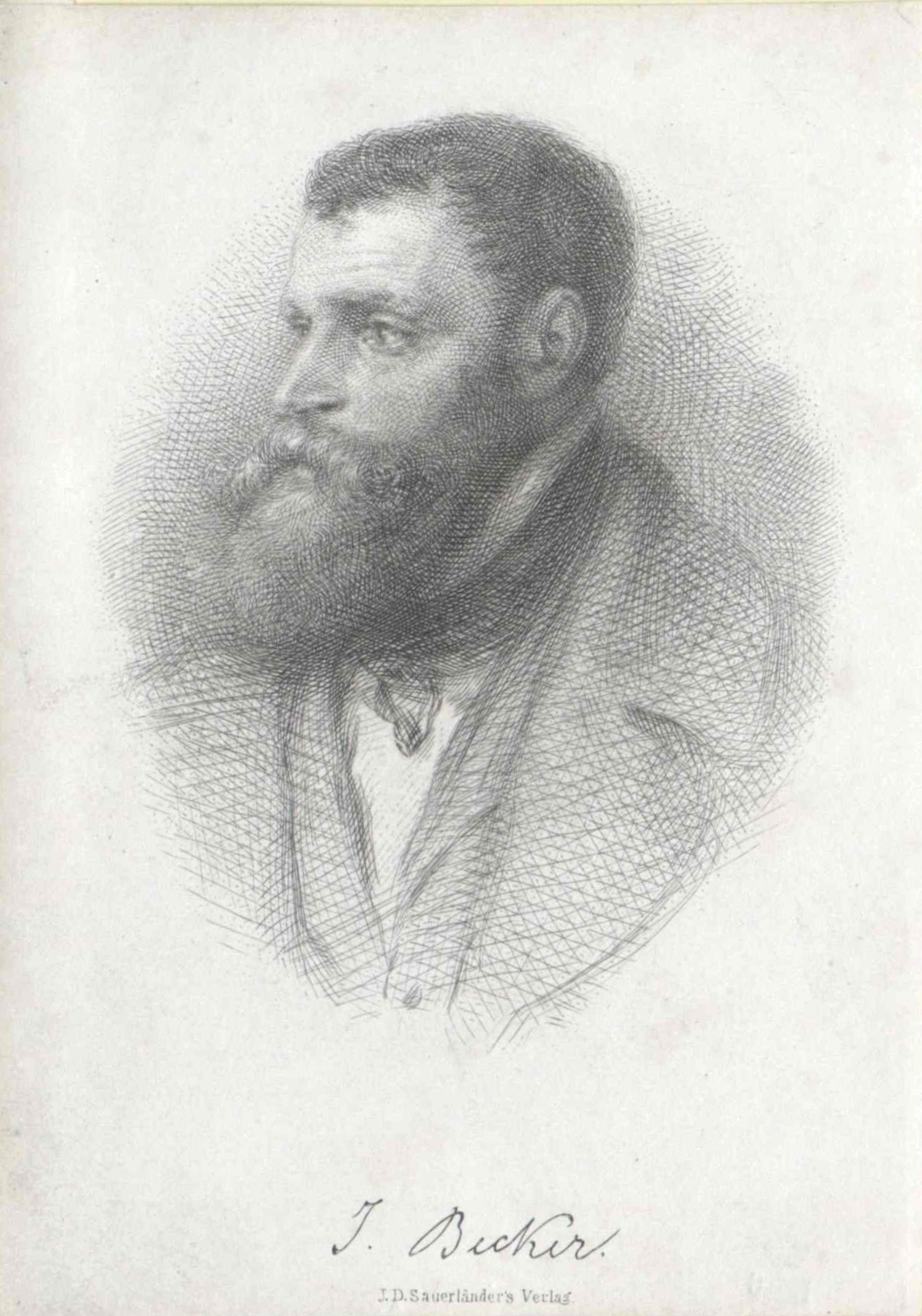 Shop Artkunst
Shop Artkunst

Carl Spitzweg
05.02.1808 - 23.09.1885
Germany
Carl Spitzweg was a German romanticist painter, especially of genre subjects. He is considered to be one of the most important artists of the Biedermeier era.

Jakob Becker
15.03.1810 - 22.12.1872
Germany

Shop
Artkunst
Germany
Number of products: 147
Flieder Blumen 2.22
Olga Hanns (b. 1990)  Shop Hanns Olga
Shop Hanns Olga
Olga Hanns
15.08.1990
Germany
Ich wurde 1990 in der Ukraine geboren. Jetzt lebe ich in Deutschland in Dresden. Ich beschäftige mich seit etwa 10 Jahren mit Ölmalerei. Ich habe vor kurzem angefangen, meine Bilder zu verkaufen.
Artist shop
Hanns Olga
Germany
Number of products: 7
Sommer Blumen blau weiß
Olga Hanns (b. 1990)  Shop Hanns Olga
Shop Hanns Olga
Olga Hanns
15.08.1990
Germany
Ich wurde 1990 in der Ukraine geboren. Jetzt lebe ich in Deutschland in Dresden. Ich beschäftige mich seit etwa 10 Jahren mit Ölmalerei. Ich habe vor kurzem angefangen, meine Bilder zu verkaufen.
Artist shop
Hanns Olga
Germany
Number of products: 7
Hunting. Охота. Jagd.
Tatjana Jansberga (b. 1967) 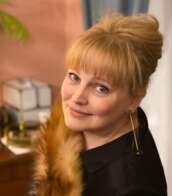 Shop Jansberga Tatjana
Shop Jansberga Tatjana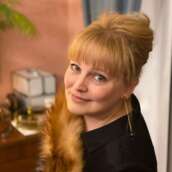

Tatjana Jansberga
18.11.1967
Germany
Здравствуйте! В 2003 году, по семейным обстоятельствам, переехала из Риги (Латвия) в Дюссельдорф. Пишу картины на заказ, этим и зарабатываю. Работы находятся в частных собраниях Латвии, Германии, ЮАР
Участвовала на Ярмарке искусств «ArtExpoSPb 2015» Санкт-Петербург.
Участвовала на Ярмарке искусств "Hildener Künstlermarkt" Хилден, Германия, 2016.
Участвовала в выставке "Italian Style" PALAZZO VERSACE, DUBAI 2016.
Участвовала на Ярмарке искусств c "Hildener Künstlermarkt" Хилден, Германия, 2018.

Artist shop
Jansberga Tatjana
Germany
Number of products: 19
Landschaft Elbe 0221
Olga Hanns (b. 1990)  Shop Hanns Olga
Shop Hanns Olga
Olga Hanns
15.08.1990
Germany
Ich wurde 1990 in der Ukraine geboren. Jetzt lebe ich in Deutschland in Dresden. Ich beschäftige mich seit etwa 10 Jahren mit Ölmalerei. Ich habe vor kurzem angefangen, meine Bilder zu verkaufen.
Artist shop
Hanns Olga
Germany
Number of products: 7
Landschaft Elbe 0321
Olga Hanns (b. 1990)  Shop Hanns Olga
Shop Hanns Olga
Olga Hanns
15.08.1990
Germany
Ich wurde 1990 in der Ukraine geboren. Jetzt lebe ich in Deutschland in Dresden. Ich beschäftige mich seit etwa 10 Jahren mit Ölmalerei. Ich habe vor kurzem angefangen, meine Bilder zu verkaufen.
Artist shop
Hanns Olga
Germany
Number of products: 7
Sommer Landschaft
Olga Hanns (b. 1990)  Shop Hanns Olga
Shop Hanns Olga
Olga Hanns
15.08.1990
Germany
Ich wurde 1990 in der Ukraine geboren. Jetzt lebe ich in Deutschland in Dresden. Ich beschäftige mich seit etwa 10 Jahren mit Ölmalerei. Ich habe vor kurzem angefangen, meine Bilder zu verkaufen.
Artist shop
Hanns Olga
Germany
Number of products: 7
Mohnblumenfeld Toscana klein
Olga Hanns (b. 1990)  Shop Hanns Olga
Shop Hanns Olga
Olga Hanns
15.08.1990
Germany
Ich wurde 1990 in der Ukraine geboren. Jetzt lebe ich in Deutschland in Dresden. Ich beschäftige mich seit etwa 10 Jahren mit Ölmalerei. Ich habe vor kurzem angefangen, meine Bilder zu verkaufen.
Artist shop
Hanns Olga
Germany
Number of products: 7
